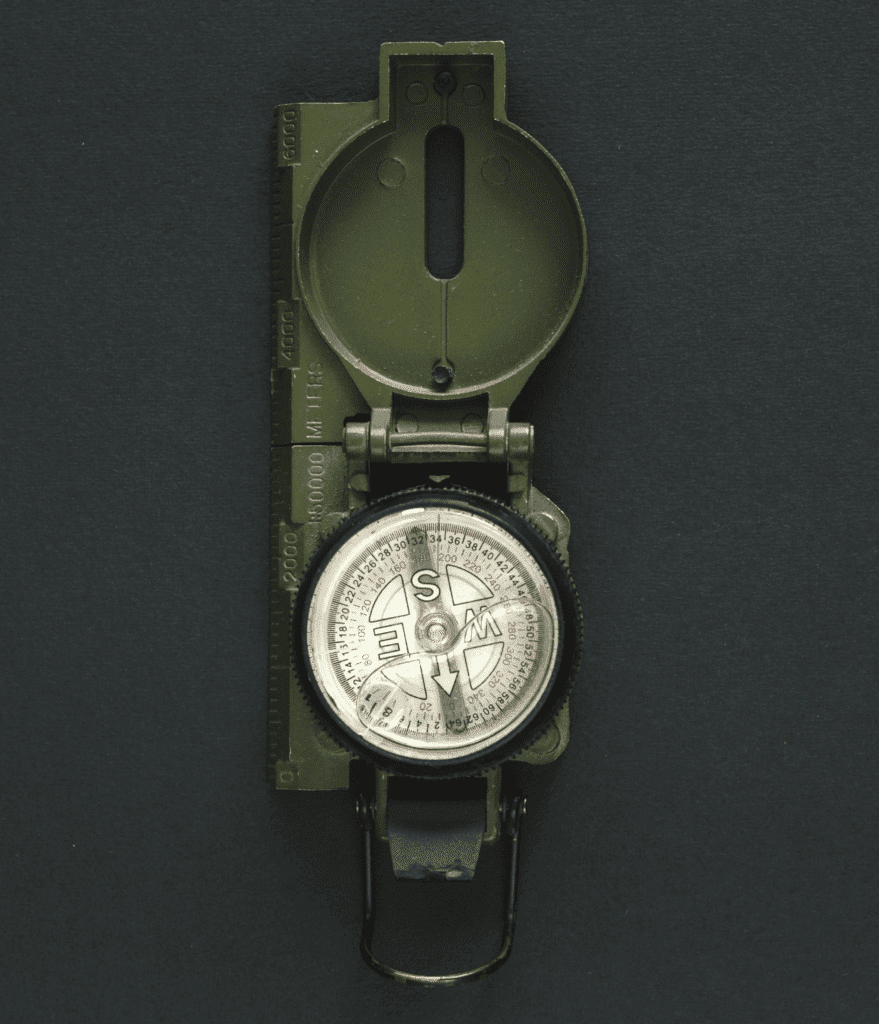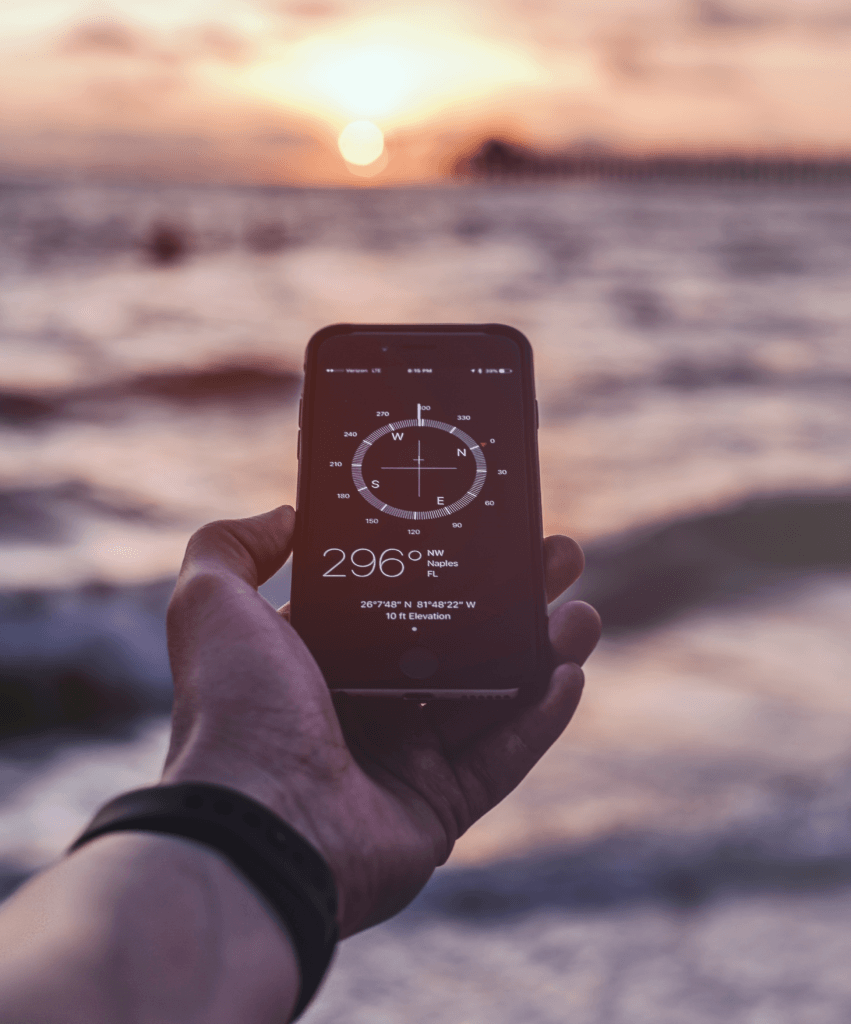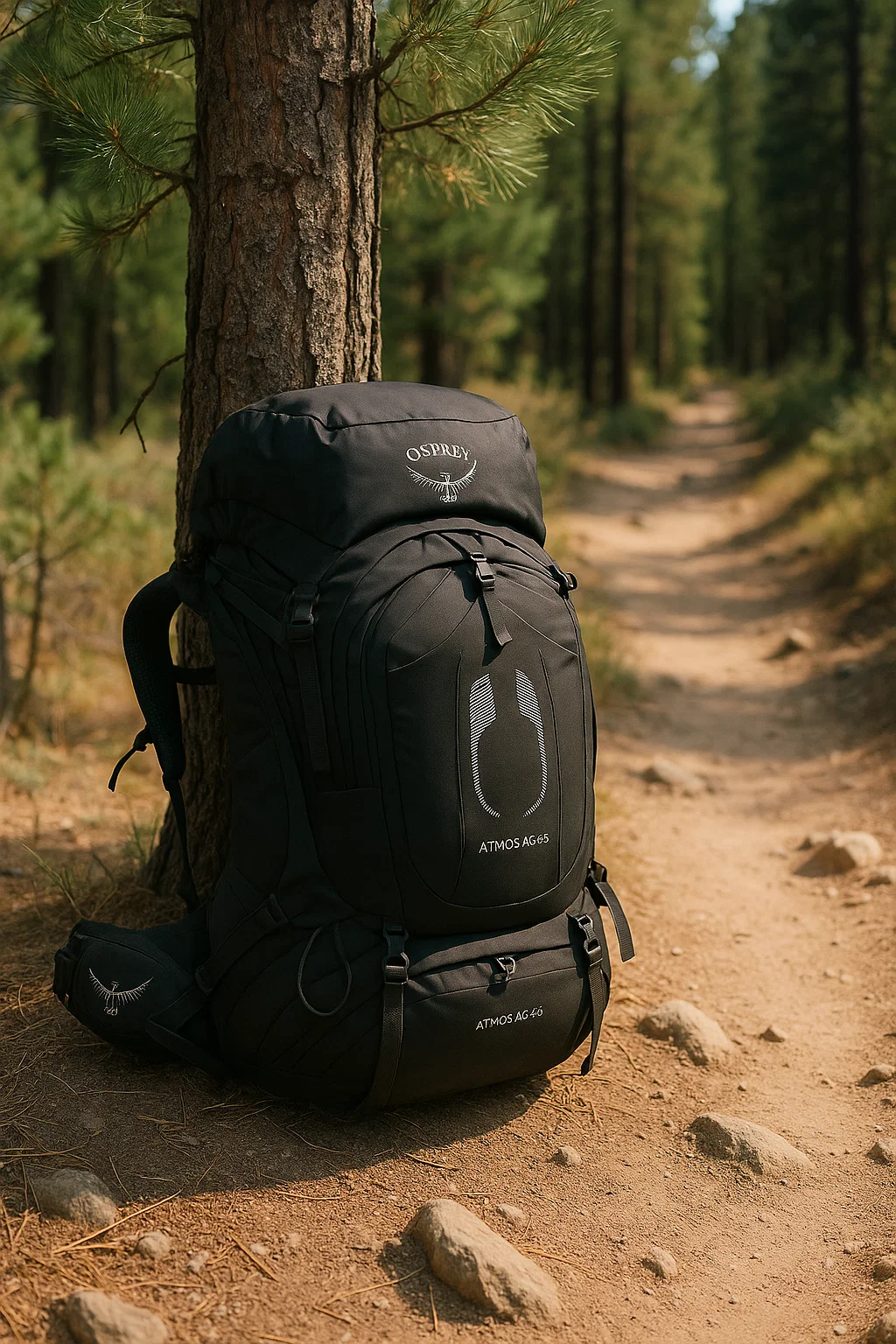In a world filled with GPS and digital mapping apps, the humble compass may seem outdated. However, learning how to use compass navigation is still a valuable skill for outdoor enthusiasts, hikers, backpackers, and adventurers. In this guide, we’ll explore the essentials of compass navigation, from understanding its importance to mastering its use in real-world situations. Whether you’re venturing into remote wilderness areas or just sharpening your outdoor skills, learning to use a compass opens up new opportunities for exploration and discovery.
The Benefits of Learning How to Use a Compass
Dependability: Unlike GPS devices, which rely on satellites and batteries, a compass operates independently of external factors, making it a reliable tool for navigation in remote areas or when electronic devices fail.
Versatility: Compass navigation is not limited by terrain or weather conditions, making it suitable for use in any outdoor environment, from dense forests to open plains to mountainous terrain.
Skill Building: Mastering compass navigation enhances your outdoor skills and self-reliance, allowing you to confidently navigate unfamiliar terrain and explore off-the-beaten-path destinations.
Emergency Preparedness: In the event of an emergency or getting lost, knowing how to use a compass can be a lifesaving skill, enabling you to find your way back to safety or signal for help.

Familiarize Yourself with Your Compass
Baseplate: The flat, transparent baseplate provides a stable surface for the compass and features ruler markings for measuring distances on maps.
Direction of Travel Arrow: A marked arrow on the baseplate indicates the direction in which you intend to travel.
Compass Housing: The rotating bezel or compass housing contains the compass needle and degree markings for determining direction.
Orienting Arrow: A fixed arrow inside the compass housing that aligns with the magnetic needle to indicate magnetic north.
Magnetic Needle: The magnetic needle within the compass housing points towards magnetic north, allowing you to determine direction.
Index Line: A line on the compass baseplate used for aligning with landmarks or orienting the compass.
Components of a compass
Baseplate: Transparent back allowing visibility of the map beneath, with a ruled edge aiding in triangulation and taking bearings.
Direction of travel arrow: Indicates the direction to point the compass when taking a bearing.
Index line: An extension of the direction of travel arrow used for reading bearings.
Rotating bezel: Circular area marked with degree numbers from 0 to 360, allowing for rotational adjustment.
Magnetized needle: Housed within the bezel, consistently pointing to magnetic north (which may differ from true north by hundreds of miles).
Orienting arrow: Aiding in aligning the bezel with map directions.
Declination scale: Hash marks on the inner side of the bezel assisting in adjusting declination.
Adjusting for Declination
Magnetic Declination: The angle between magnetic north and true north, which varies depending on your location.
Declination Adjustment: Many compasses feature a declination adjustment screw or dial that allows you to compensate for the difference between magnetic north and true north in your area.
The Different Types of Compasses
Baseplate Compass: Lightweight and compact, baseplate compasses are ideal for general navigation and outdoor activities.
Lensatic Compass: Designed for precise navigation, lensatic compasses feature a sighting lens and a floating dial for accurate readings.
Thumb Compass: Worn on the thumb for easy access, thumb compasses are popular among orienteers and adventure racers for quick navigation.
Mirror Compass: Equipped with a mirror for sighting and signaling, mirror compasses are versatile tools for wilderness navigation and survival situations.
Locating Your Position Using a Compass
Orient the Map: Place the compass on the map with the direction of travel arrow pointing towards your destination. Rotate the map and compass together until the orienting arrow aligns with the north-south grid lines on the map.
Take a Bearing: Align the compass edge with your current location and destination on the map. Read the degree markings on the compass housing to determine the bearing to your destination.
Navigate: Hold the compass level and steady, with the direction of travel arrow pointing away from you. Turn your body until the magnetic needle aligns with the orienting arrow. Follow the direction of travel arrow to reach your destination.
Using a Compass to Determine Your Bearings
Stand Still: Hold the compass level and steady, away from any magnetic or metallic objects that could interfere with the needle.
Align the Compass: Rotate the compass housing until the magnetic needle aligns with the orienting arrow inside the compass housing.
Read the Bearing: Read the degree markings on the compass housing where the direction of travel arrow points. This is your bearing, indicating the direction you are facing.

How to Utilize Your Smartphone as a Compass
Compass Apps: Many smartphones come equipped with built-in compass apps that utilize the device’s magnetometer to provide directional information.
Calibration: Before using your smartphone as a compass, ensure that it is calibrated by moving it in a figure-eight motion to reset the magnetometer.
Limitations: While smartphone compass apps can be convenient, they rely on battery power and may not function reliably in remote or off-grid locations with limited signal reception.
In a tech-driven world, the simple yet vital skill of compass navigation remains essential for outdoor enthusiasts. By learning how to use compass navigation, from understanding your compass to adjusting for declination and finding your bearings, you can navigate the outdoors with confidence and precision. Pack your compass, sharpen your skills, and embark on adventures filled with exploration, discovery, and self-reliance. Whether hiking, camping, or practicing navigation for backpacking, this timeless skill ensures you’re always prepared to navigate the wild with confidence.




